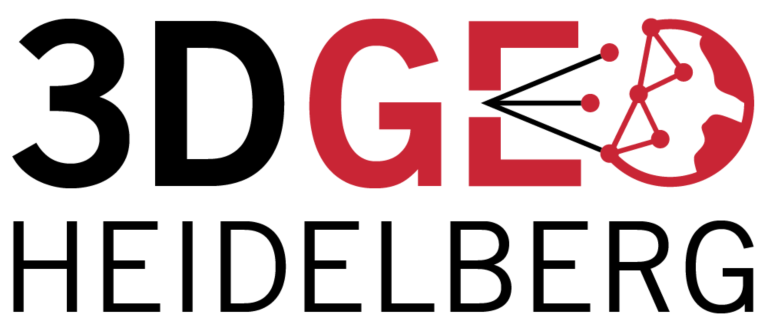Category: Publications
-
VGI-Analytics Deadline Extended: CfP for short workshop papers (March 28) and full Journal Papers for GSIS Special Issue (June 9)
VGI-Analytics offers two formats for paper submission: Workshop Short Paper (2000 to 3000-word manuscript) New Submission Deadline 28th March 2017. Authors are requested to follow the formatting guidelines for short paper submissions on the AGILE 2017 call for papers page and use the Word .doc template or the Word .docx template provided. Short papers should be…
-
A Framework of Quality Assessment Methods for Crowdsourced Geographic Information: a Systematic Literature Review
Crowdsourced Geographic Information (CGI) has emerged as a potential source of geographic information for different domains. Despite advantages associated with it, such information lacks quality assurance, since it is provided by different individuals. Several authors have investigated different approaches to assess CGI quality. Some of the existing methods have been summarized in different classification schemas.…
-
Completeness of Citizen Science Biodiversity Data from a Volunteered Geographic Information Perspective
Observations of living organisms by citizen scientists that are reported to online portals are a valuable source of information. They are also a special kind of volunteered geographic information (VGI). VGI data have issues of completeness, which arise from biases caused by the opportunistic nature of the data collection process. We examined the completeness of…
-
3rd CFP: Journal Special Issue “VGI Analytics” in Geo-Spatial Information Science and AGILE workshop
VGI-Analytics 2017 Volunteered Geographic Information (VGI) and social media data have become part of our everyday lives over the past few years. Whereas in the early beginnings of crowd-sourced data the collection occurred primarily to isolated, individual platforms, contribution patterns are now beginning to be more intertwined between different platforms, both at the application level…
-
Special Issue on “Crowdsourced Mapping” Cartography and Geographic Information Science is Online
The Special Issue on “Crowdsourced Mapping” of the international journal “Cartography and Geographic Information Science” is online. Here you can read the editorial. Further this issue includes our paper on Deriving incline values for street networks from voluntarily collected GPS traces. When producing optimal routes through an environment, considering the incline of surfaces can be…
-
Intrinsic quality assessment of building footprints data on OpenStreetMap
Recently some of our work on intrinsic VGI quality analysis has been published. In this work we propose a framework to assess the quality of OSM building footprints data without using any reference data. More specifically, the OSM history data will be examined regarding the development of attributes, geometries and positions of building footprints. In…
-
Follow up: Final version of study “Characterizing tufa barrages in relation to channel bed morphology in a small karstic river by airborne LiDAR topo-bathymetry” available online
The final paginated version of the paper summing up our study “Characterizing tufa barrages in relation to channel bed morphology in a small karstic river by airborne LiDAR topo-bathymetry” (see initial post) can now be accessed by everyone via https://authors.elsevier.com/a/1UDhp3qItqy7- for free till February 04, 2017. Profe, J., Höfle, B., Hämmerle, M., Steinbacher, F., Yang,…
-
Location-based sampling strategies for GPS-triggered electronic diaries
Self-reporting is a well-established approach within the medical and psychological sciences. In order to avoid recall bias, i.e. past events being remembered inaccurately, the reports can be filled out on a smartphone in real-time and in the natural environment. This is often referred to as ambulatory assessment and the reports are usually triggered at regular…
-
3D Cultural Heritage book chapter on MayaArch3D
Recently a book chapter on some of our work in the MayaArch3D project on “Structuring Archaeological Data to Deliver Interactive, Transparent 3D Reconstructions in a 3D WebGIS” has been published in the edited book “3D Research Challenges in Cultural Heritage II”. Creating 3D reconstructions is a common approach today in archaeology and cultural heritage. The…
-
Results of study “Direct derivation of maize plant and crop height from low-cost time-of-flight camera measurements” published
In agriculture, information about the spatial distribution of crop height is valuable for applications such as biomass and yield estimation, or increasing field work efficiency in terms of fertilizing, applying pesticides, irrigation, etc. Established methods for capturing crop height often comprise restrictions in terms of cost and time efficiency, flexibility, and temporal and spatial resolution…


